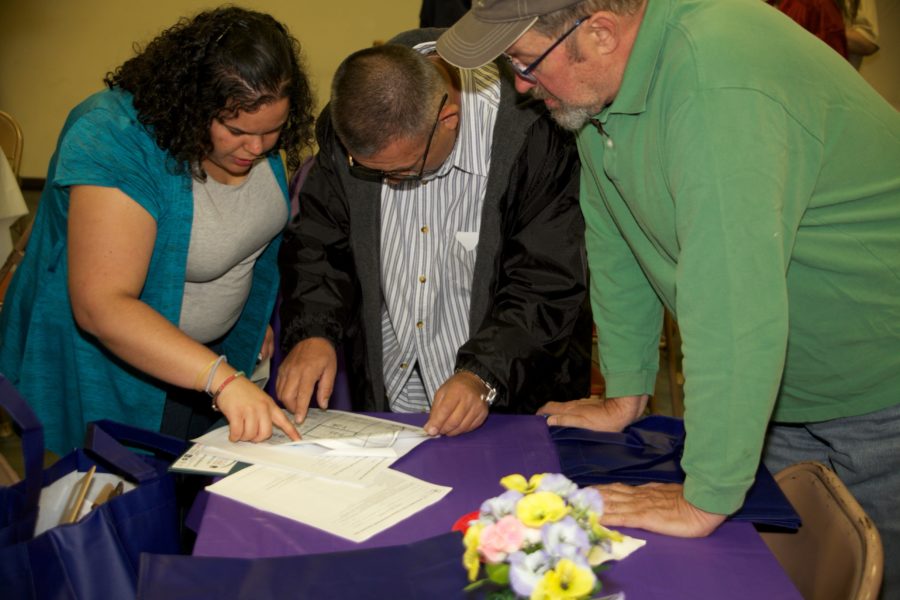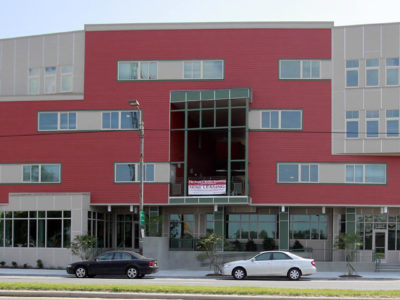
Homelessness is a solvable problem. Yet there is an enormous gap between what we know works to end homelessness and what is actually done in most places. This week we are launching a new not-for-profit organization, Community Solutions, to try to close this gap.
Our Community Solutions team has been working on this question for several years. Community Solutions was incubated at Common Ground, the organization I founded over twenty years ago to build housing for homeless and low income adults. At Common Ground, we were part of a movement that helped to prove that providing a homeless person with a stable home connected to the health, mental health, employment or other help he or she needed and ended that individual’s homelessness for good over 90 percent of the time. We also helped to show that fixing the problem with “supportive housing” costs less than having homeless people drift between shelters, emergency rooms and jails: from one institution to another.
But we also saw that building and operating housing alone did not significantly impact the numbers of those who became homeless or how long they remained on the streets or in shelters. To learn why, we began interviewing those living on the street, discovering the details of their situations, the help they would accept and their basic housing requirements. This shift of focus from institution to the individual person or family experiencing homelessness changed our understanding of the issue, and evolved into the planning for Community Solutions.
It may sound simple, but directly asking the homeless about their situation began exploding prevailing myths about homelessness, such as the notion that homeless people want to be homeless. What we found were men and women who did not want to go to shelters, but were willing to work with us to find a real home.



